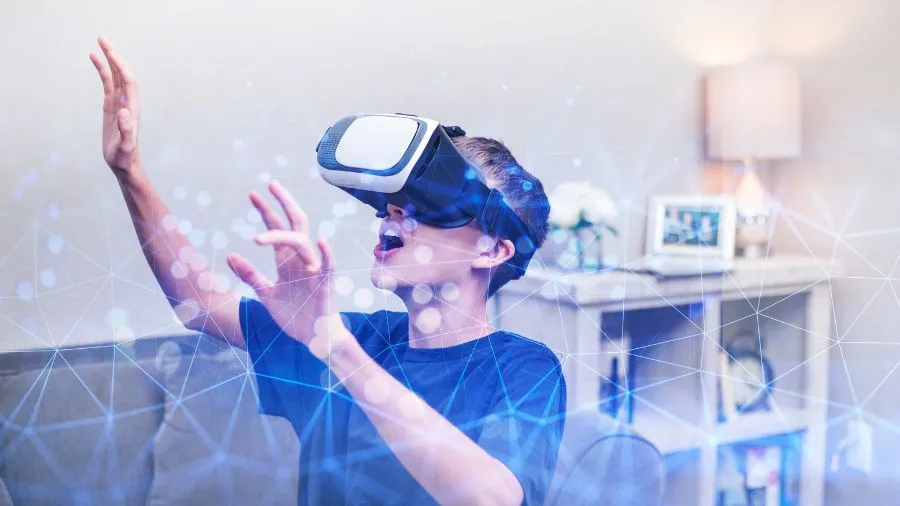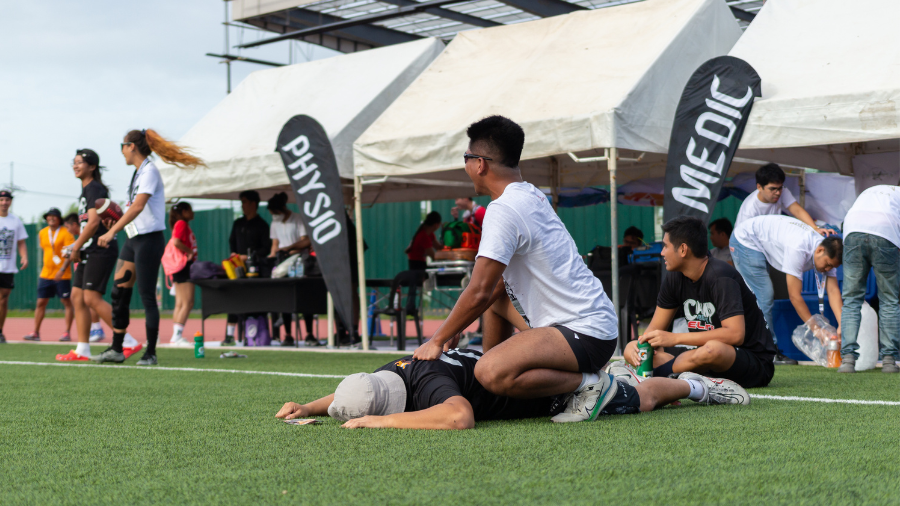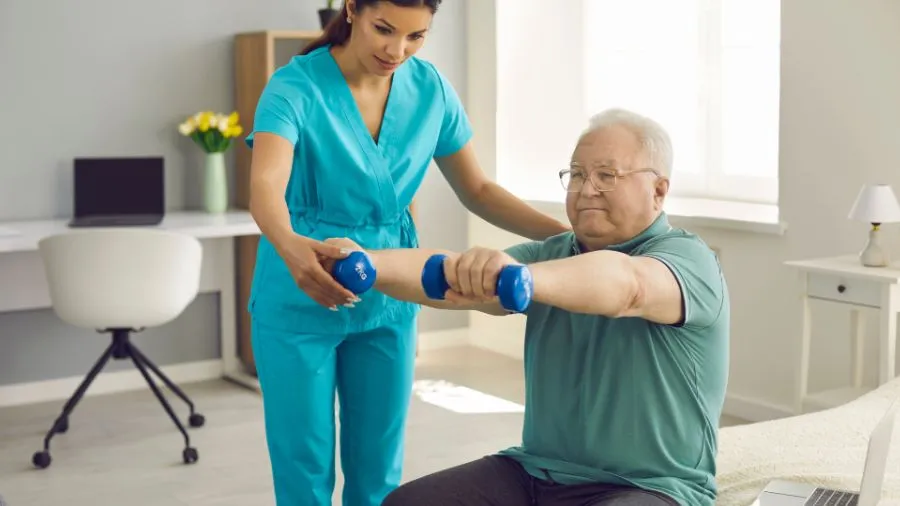Virtual Reality Therapy for Pediatrics: A Brave New World of Healing
Virtual reality (VR) therapy is revolutionizing the way we approach pediatric care. This innovative technology has the potential to transform how we address a variety of challenges faced by children, from anxiety and phobias to pain management and rehabilitation.
VR Therapy: A Safe and Engaging Approach
VR therapy works by immersing children in a computer-generated, three-dimensional environment. This environment can be tailored to address specific needs, allowing children to confront their fears in a safe and controlled setting. For example, a child with a fear of heights could be gradually exposed to virtual heights, while a child with anxiety about going to the dentist could be virtually transported to a calming dental office.
The key advantage of VR therapy is its ability to create a highly engaging and interactive experience. Children are more likely to be receptive to therapy when it feels like a game or an adventure. VR allows them to take an active role in their treatment, fostering a sense of empowerment and control.
Benefits of VR Therapy for Children
VR therapy offers a wide range of benefits for children, including:
- Reduced Anxiety and Phobias: VR therapy can be a powerful tool for helping children overcome anxiety and phobias. By gradually exposing them to their fears in a safe and controlled environment, VR therapy can help children develop coping mechanisms and build confidence.
- Improved Pain Management: VR therapy has been shown to be effective in reducing pain perception in children. The immersive nature of VR can distract children from their pain, allowing them to cope more effectively with medical procedures or chronic conditions.
- Enhanced Rehabilitation: VR therapy is increasingly being used in pediatric rehabilitation programs. VR can create stimulating and interactive environments that can help children improve motor skills, balance, and coordination.
- Exposure Therapy: VR therapy can be a valuable tool for exposure therapy, a technique used to treat anxiety disorders. By gradually exposing children to their fears in a safe and controlled environment, VR therapy can help them learn to manage their anxiety and reduce their avoidance behavior.
- Social Skills Training: VR therapy can be used to create safe and controlled environments for children to practice social skills. This can be particularly beneficial for children with autism spectrum disorder (ASD) or other social communication challenges.
VR Applications in Pediatric Care
Here are some specific examples of how VR therapy is being used in pediatric care:
- Anxiety Disorders: VR therapy can be used to treat a variety of anxiety disorders in children, including phobias, social anxiety, and generalized anxiety disorder.
- Pain Management: VR therapy is being used to help children manage pain during medical procedures, such as injections or surgery.
- Autism Spectrum Disorder (ASD): VR therapy can be used to help children with ASD develop social skills and communication skills.
- Attention Deficit Hyperactivity Disorder (ADHD): VR therapy is being explored as a potential treatment for ADHD, with the goal of improving attention and focus.
- Burns: VR therapy has been shown to be effective in reducing pain and anxiety in children with burns.
The Future of VR Therapy in Pediatrics
VR therapy is a rapidly evolving field with the potential to revolutionize pediatric care. As VR technology continues to develop, we can expect to see even more innovative applications for helping children overcome challenges and reach their full potential.
Sources:
- Virtual Reality Therapy in Children and Adolescents Children’s Center for Psychiatry, Psychology & Related Services, 2023
- VR Therapy in Children: Its Potential to Transform Experiences Amelia Virtual Care, 2022
- Virtual Reality Distraction Therapy in Paediatrics Full Text View – ClinicalTrials.gov, 2022




